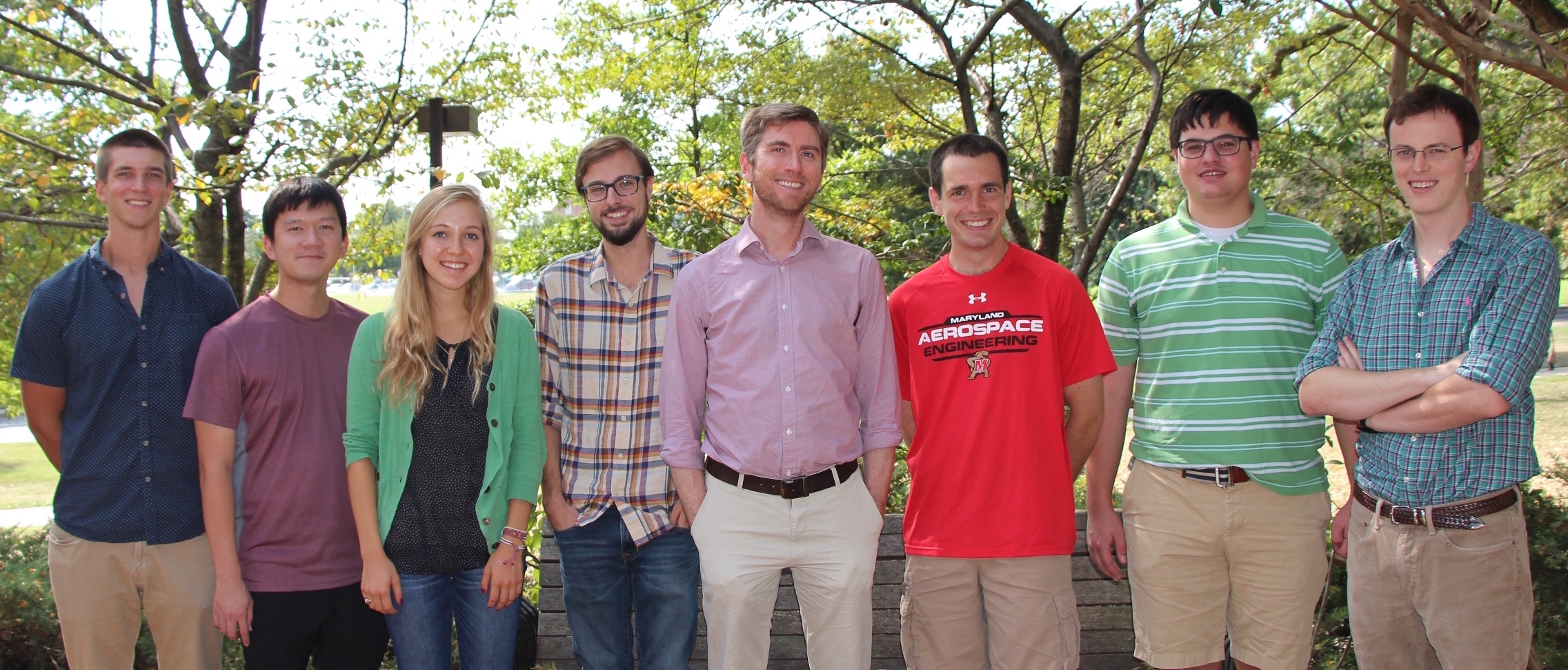About Us

The High-Speed Aerodynamics and Propulsion Laboratory at the University of Maryland has grand plans to be a premier academic aerodynamics laboratory exploring a wide range of problems in hypersonics and unsteady gas dynamics. Although still in its early stages, HAPL fosters a variety of graduate student projects, and will shortly offer unique opportunities for undergraduates and local high school students to work in research-grade hypersonic facilities. HAPL was founded by Associate Professor Stuart Laurence, who brings his expertise in hypersonics to UMD after spending five years at the German Aerospace Center (DLR).
The laboratory's reasearch interests encompass a wide spread of topics in hypersonics and unsteady gas dynamics, including (but not limited to) hypersonic laminar-to-turbulent transition, shock-wave/boundary-layer interactions, fluid-structure interactions, scramjet unstart, high-speed aerodynamic interactions, measurement of high-altitude flow disturbances, and naturally occurring hypersonic flows (e.g., meteoritics). We also work on the development and calibration of instrumentation and diagnostic techniques. Most of the work conducted at HAPL is experimental, but occasional forays into theoretical and computational hypersonics provide valuable comparisons to experiments.
HAPL is currently home to a small-scale shock tunnel, HyperTERP, and in a few months will complete construction of a medium-scale hypersonic Ludwieg tube. HAPL students also regularly conduct research at hypersonic facilities around the country, including AEDC Hypervelocity Tunnel 9, the NASA Langley Mach-6 20" tunnel, and the AFRL hypersonic Ludwieg tube.



